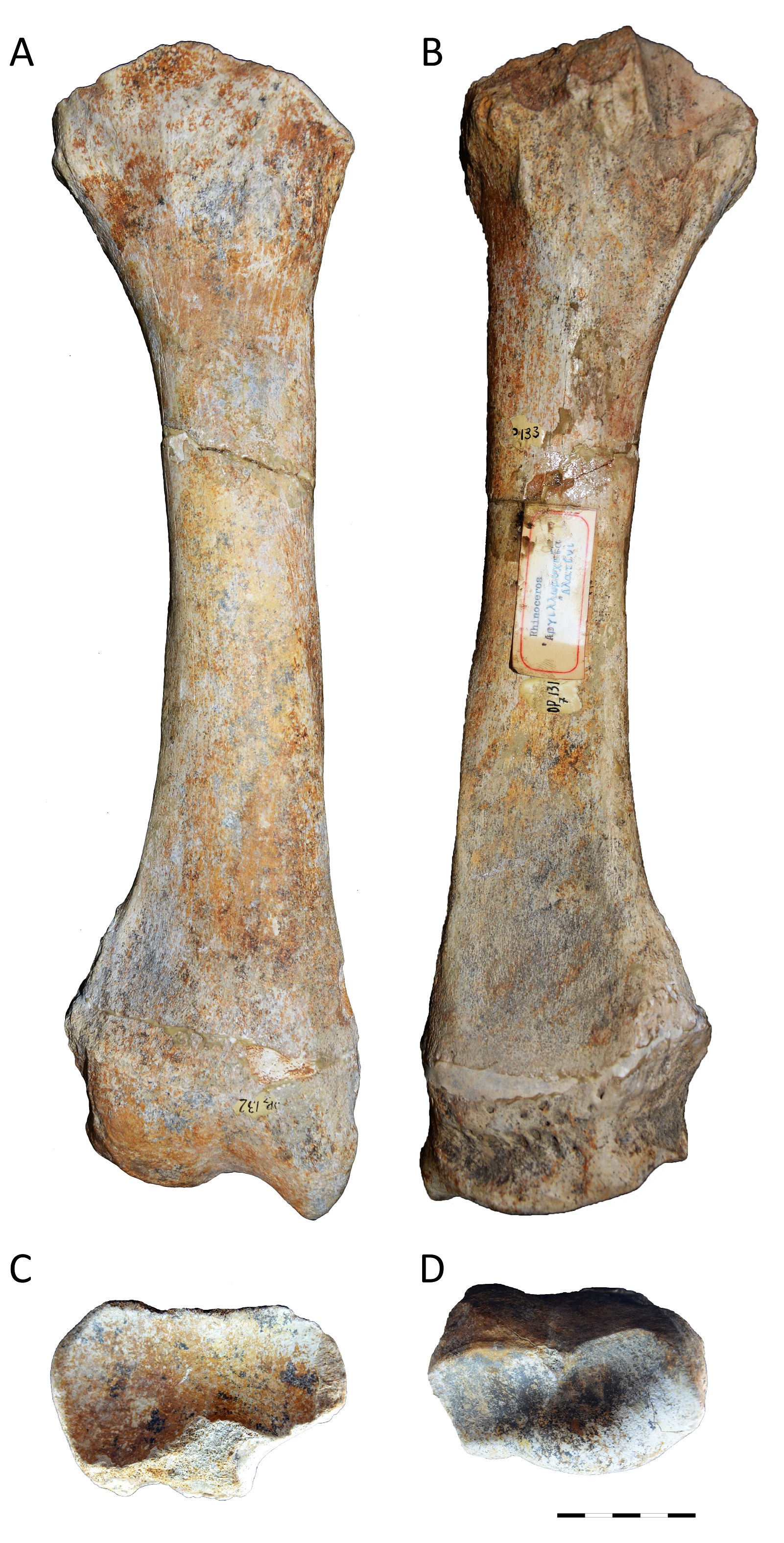Μορφομετρικές αναλύσεις ελληνικών σπηλαίων΄: Πως η μορφολογία ερμηνεύει την προέλευση του σπηλαίου.

Περίληψη
Δύο από τα πιο γνωστά σπήλαια της βόρειας Ελλάδας, το Σπήλαιο των Πετραλώνων και το Σπήλαιο Μααράς, υποβλήθηκαν σε μορφομετρική ανάλυση. Επιλέχθηκαν στρατηγικά για αυτήν τη μορφομετρική μελέτη, καθώς εκπροσωπούν σπήλαια που διαμορφώθηκαν υπό διαφορετικές σπηλαιογενετικές συνθήκες, με αποτέλεσμα να διακρίνονται σαφώς μεταξύ τους μέσω των προτύπων των κατόψεων τους. Τα σπήλαια μπορούν να παρουσιάζουν σημαντική ποικιλία στα πρότυπά των κατόψεων τους, ανάλογα με την τοπική γεωλογία, υδρογεωλογία, τεκτονική και άλλους παράγοντες. Αυτοί οι ποιοτικοί παρά μετροι της σπηλαιογένεσης, όπως οι γεωλογικοί και υδρογεωλογικοί παράγοντες, μπορούν να αντικατοπτρίζονται στο πρότυπο κάτοψης ενός σπηλαίου (Kambesis et al., 2016). Το Σπήλαιο των Πετραλώνων ανήκει στην κατηγορία διακλαδιζόμενου (ramiform) προτύπου σπηλαίου (Lazaridis, 2009), σύμφωνα με την ταξινόμηση του Palmer (1991). Η υπογενής προέλευση του σπηλαίου υποστηρίζεται από το πρότυπο του λαβύρινθου (maze) (Palmer, 2000), τη μορφολογία του σπηλαίου σε μεσο-κλίμακα και την υδροθερμική δραστηριότητα της γύρω περιοχής (Lazaridis, 2009, Veni et al., 2009). Αντιθέτως, το Σπήλαιο Μααράς έχει ένα τυπικό δενδριτικό πρότυπο (Petalas και Moutsopoulos, 2019). Τα πρότυπα των κατόψεων των δύο σπηλαίων εξετάστηκαν μορφομετρικά χρησιμοποιώντας την Ευκλείδεια και τη fractal γεωμετρία. Οι διάφοροι σπηλαιογενετικοί παράγοντες που δημιουργούν τα πρότυπα των κατόψεων μπορούν να αντανακλώνται σε αριθμητικούς δείκτες, καθιστώντας τους ως μορφομετρικά εργαλεία για την ακριβή διάκριση τους.
Λεπτομέρειες άρθρου
- Πώς να δημιουργήσετε Αναφορές
-
Dora, D., Λαζαρίδης Γ., Βουβαλίδης Κ., Τοκμακίδης Κ., & Veni, G. (2023). Μορφομετρικές αναλύσεις ελληνικών σπηλαίων΄: Πως η μορφολογία ερμηνεύει την προέλευση του σπηλαίου. Δελτίο της Ελληνικής Γεωλογικής Εταιρείας, 60(1), 14–26. https://doi.org/10.12681/bgsg.34887
- Ενότητα
- Γεωμορφολογία

Αυτή η εργασία είναι αδειοδοτημένη υπό το CC Αναφορά Δημιουργού – Μη Εμπορική Χρήση 4.0.
Οι συγγραφείς θα πρέπει να είναι σύμφωνοι με τα παρακάτω: Οι συγγραφείς των άρθρων που δημοσιεύονται στο περιοδικό διατηρούν τα δικαιώματα πνευματικής ιδιοκτησίας επί των άρθρων τους, δίνοντας στο περιοδικό το δικαίωμα της πρώτης δημοσίευσης. Άρθρα που δημοσιεύονται στο περιοδικό διατίθενται με άδεια Creative Commons 4.0 Non Commercial και σύμφωνα με την οποία μπορούν να χρησιμοποιούνται ελεύθερα, με αναφορά στο/στη συγγραφέα και στην πρώτη δημοσίευση για μη κερδοσκοπικούς σκοπούς. Οι συγγραφείς μπορούν να: Μοιραστούν — αντιγράψουν και αναδιανέμουν το υλικό με κάθε μέσο και τρόπο, Προσαρμόσουν — αναμείξουν, τροποποιήσουν και δημιουργήσουν πάνω στο υλικό.


